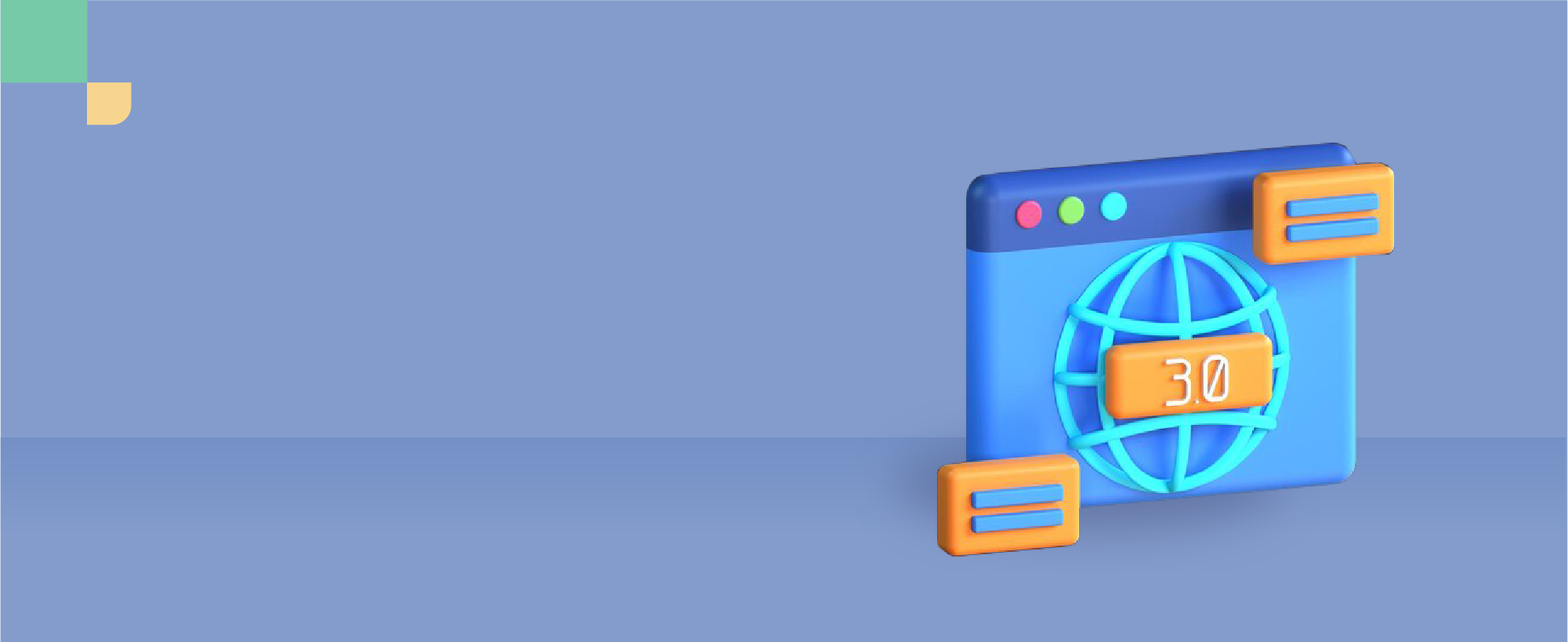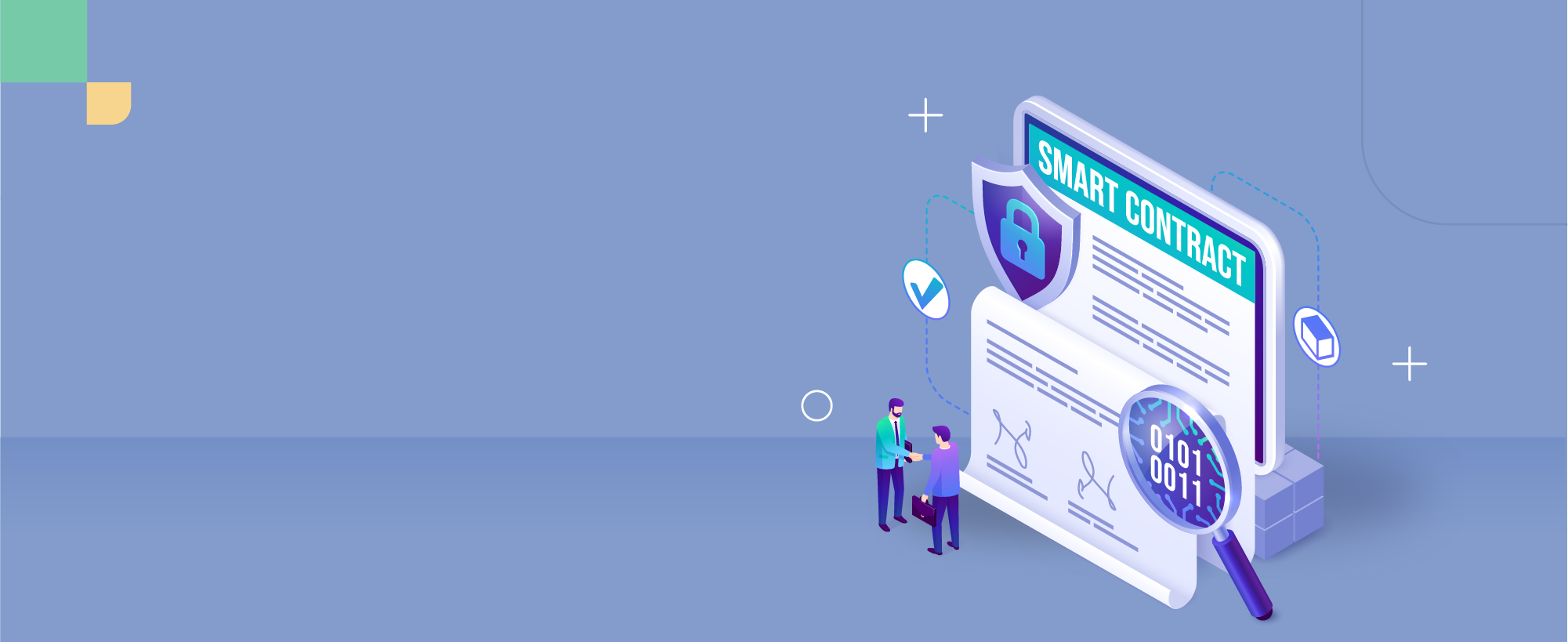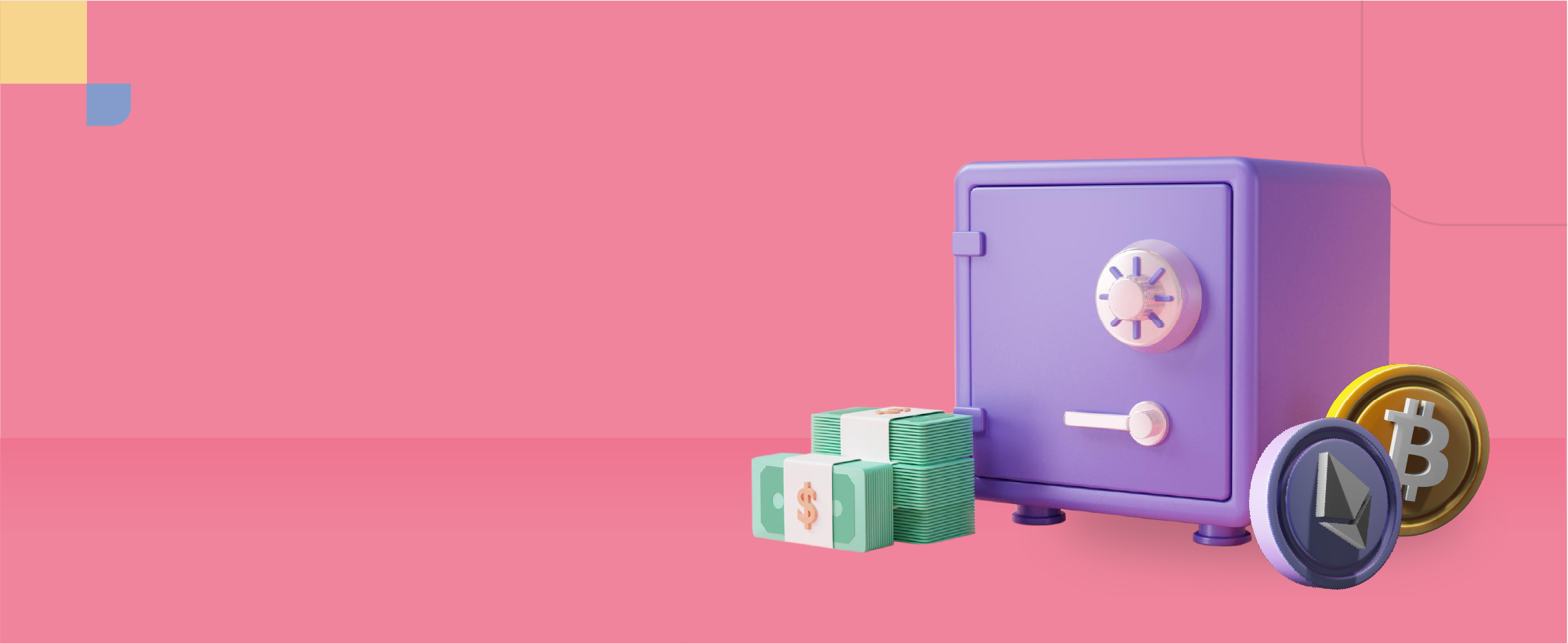Introduction to Blockchain
A blockchain is a chain of blocks that contain information. The method aims to timestamp digital documents so that they cannot be backdated or tempered. The goal of blockchain is to solve the problem of duplicate records without the need for a central server.
Without the need for a third-party intermediary like a bank or government, the blockchain is used to securely transfer items like money, property, contracts, etc. It is extremely difficult to modify data once it has been recorded inside a blockchain.
The blockchain is a software protocol (like SMTP is for email). Meanwhile, Blockchains could not function without the Internet. It is also known as meta-technology because it affects other technologies. It is made up of several parts, including a database, a software application, and some connected computers.
Sometimes the term refers to the Bitcoin Blockchain or the Ethereum Blockchain, and other times it refers to other digital currencies or digital tokens. However, the majority of them are referring to distributed ledgers.
Blockchain Architecture
What is a Block?
A blockchain is a series of blocks that contain data. The data stored within a block varies depending on the type of blockchain.
A Bitcoin block, for instance, gathers information about the sender, receiver, and quantity of bitcoins being transferred.
The chain’s initial block is known as the Genesis block. Each block in the chain is connected to the block before it.
Understanding SHA256 – Hash
A hash is also part of a block. A hash can be thought of as a unique fingerprint for each block. It identifies a block and all of its contents. Like a fingerprint, it is always unique. So, once a block is made, if something inside the block changes, the Hash will also change.
So when trying to spot changes to intersections, the Hash is very helpful. A block does not stay the same block if its fingerprint changes.
Each Block Contains
- Data
- Hash
- Hash of the previous block
Consider the following example, which shows a chain of three blocks. The first block has no predecessors. So, it doesn’t have the same content as the previous block. Block 2 includes a hash of block 1. While block 3 has the hash of block 2, block 2 is in block 3’s hash.
As a result, all blocks contain the hashes of earlier blocks. The method used to create a blockchain is what makes it so secure.
Assume an attacker has the ability to modify the data in Block 2. As a result, the Hash of the Block changes. However, Block 3 still contains the old Hash from Block 2. This renders Block 3 and all subsequent blocks invalid since they are lacking the correct Hash of the prior block.
So, changing just one block can immediately make all the blocks that come after it invalid.
How Does Blockchain Technology Work?
Step 1: Several participant requests a transaction. The transaction could have involved cryptocurrency, contracts, records, or other information.
Step 2: With the help of nodes, the requested transaction is broadcasted to a P2P network.
Step 3: The network of nodes verifies the transaction and the user’s status with the help of known algorithms.
Step 4: Once the transaction is complete, the new block is added to the existing blockchain. In such a way that it is permanent and can’t be changed.
Why is Blockchain Essential?
Here are a few explanations for why blockchain technology has gained so much traction.
- Resilience: Blockchain architecture is commonly replicated. In the event of a massive attack on the system, most nodes will continue to run the chain.
- Time savings: In the financial industry, blockchain can play an important role by allowing for faster trade settlement because it eliminates the need for a long and complicated process of verification, settlement, and clearance because all stack holders have access to a single version of agreed-upon data on the shared ledger.
- Reliability: Blockchain validates and certifies the identities of the parties involved. This eliminates double records, reduces rates, and accelerates transactions.
- Immutable transactions: Because Blockchain registers transactions in chronological order, it ensures the unalterability of all operations, which means that once a new block is added to the chain of ledgers, it cannot be removed or modified.
- Fraud prevention: The concepts of shared information and consensus help to prevent potential losses from fraud or embezzlement. Blockchain as a monitoring mechanism reduces costs in logistics-based industry sectors.
- Security: Attacking a traditional database is equivalent to bringing down a specific target. Because Distributed Ledger Technology allows each party to keep a copy of the original chain, the system remains operational even when large number of other nodes fail.
- Transparency: All changes to public blockchains are visible to the public. This increases transparency, and all transactions are immutable.
- Collaboration – Allows participants to transact directly with each other without the need for mediating intermediaries.
- Decentralized: There are standard rules governing how each node exchanges blockchain information. This method ensures that every transaction is validated and every valid transaction is added one by one.
Blockchains and Decentralization
When people discuss blockchain technology, they probably don’t just refer to the database itself but also to the ecosystems that have been invented around blockchains.
Blockchains are only really useful in specialized applications as standalone data structures. When we use things to help strangers communicate with one another, things start to get interesting. A blockchain can function as an open-source distributed ledger when combined with other technologies and some game theory.
This proves that nobody has the authority to change the entries in a way that violates the system’s rules. In that sense, you could say that everyone simultaneously owns the ledger because everyone agrees on its presence at any given time.
Why Do Blockchains Need to be Decentralized?
Of course, you could manage a blockchain on your own. But in contrast to better alternatives, you’d end up with a clunky database. Its true potential can be exploited in a decentralized setting, or one in which all users are treated equally. In this manner, it is impossible to destroy or fraudulently take over the blockchain. There is only one source of truth, and everyone can see it.
What is a Peer-to-Peer Network?
P2P stands for “peer to peer,” which refers to the layer of users that makes up this network (or the generals in our previous example). Because there is no administrator, users must communicate with their peers directly rather than calling into a centralized server whenever they want to share information with another user. This is done by sending the information directly to their peers.
Consider the illustration below. A must route their message through the server to reach F on the left. On the right, however, they are linked directly without an intermediary.
In simple terms, each peer uses the blockchain by storing the entire database on their computer. The remaining users will be able to access the blockchain and communicate with one another even if someone leaves the network. Data is spread throughout the network when a new block is added to the chain so that everyone can update their own copy of the ledger.
What are Nodes in a Blockchain?
Nodes are simply the term we use to refer to the computers that are part of the network; these computers are the ones that store copies of the blockchain and communicate with other computers. Users don’t have to manage these processes manually. Most of the time, all they have to do is download and run the blockchain’s software; everything else will be handled automatically.
The definition of a node can include other users who engage in any kind of network interaction in addition to what is described above in the most general sense. A light node in cryptocurrency is something like a clear and simple wallet app on your phone.
Blockchain Versions
Blockchain 1.0: Currency
Cryptocurrencies were the DLT’s initial and most obvious application after it was put into use. Using blockchain technology, this permits financial transactions. Payments and currency both use it. In this section, Bitcoin is the most notable example.
Blockchain 2.0: Smart Contracts
Smart Contracts, which are small computer programs that “live” in the blockchain, are the new fundamental concepts. They are free computer programs that automatically run checks on previously defined conditions like facilitation, verification, or enforcement.It is used to replace traditional contracts.
Blockchain 3.0: DApps
DApps stands for decentralized application. Its backend code is distributed across a decentralized peer-to-peer network. A DApp, like a traditional App, can have frontend Blockchain example code and user interfaces written in any language capable of making a call to its backend.
Blockchain Variants: Public vs. Private Blockchains
As you may know, the blockchain sector’s development into what it is today was made possible by Bitcoin. The potential of the underlying technology for other areas has been on the minds of innovators ever since Bitcoin began to establish itself as a legitimate financial asset. As a result, a variety of use cases outside of finance have been explored for blockchain.
The term “public blockchain” refers to Bitcoin. The transactions on it can therefore be viewed by anyone, and all that is required to participate is an Internet connection and the required software. We may call this a permissionless environment since there aren’t any additional requirements for participation.
Private blockchains, in contrast, are a different subset of the blockchain technology. Who is permitted to view and use the blockchain is determined by these systems. The term “permissioned environments” is used to describe them as a result. Private blockchains have some useful applications, primarily in enterprise settings, even though they may initially seem redundant.
Top Promising Blockchain Use Cases
In this section, we will discuss some of the most promising applications of blockchain technology.
- Crypto Coins and Tokens
Without mentioning the cryptocurrency revolution, no discussion of blockchain use cases would be complete. To function as value-bearing digital assets, modern cryptocurrencies depend on the anonymity, transparency, immutability, and security of blockchain-based open ledgers. Supporting cryptocurrency coins and tokens is the main application of blockchain technology.
- Healthcare
In order to store individual health records, the blockchain database architecture is the best option. All locations with an internet connection will be able to access the users’ permanent storage for health records. Through simple online transactions, they can grant doctors and insurance providers access, and physicians who have the necessary permissions can update the record with new information. Blockchain technology has the potential to completely revolutionize healthcare by giving patients complete control over their medical records. A bonus is saving money when paying for medical services.
- Insurance Settlements
Settlements in the Insurance Sector Blockchain-based applications can reduce fraud risk while accelerating loss reimbursement. Immutable records of property value, claims, and payouts give the insurance industry much-needed visibility. The amount of paperwork needed for insurance payouts can also be substantially reduced with smart contracts.
- Supply Chain Management
Following supply chains from their original sources to the consumer’s shopping basket is something that manufacturers, retailers, and customers are all interested in doing. Blockchains can play a crucial role in tracking goods along their lengthy journey from creation to use, whether it’s confirming that foods are free of inorganic contaminants or ensuring that import duties are paid appropriately at national borders. To track the supply chain for the foods it sells in stores, retailer Walmart already uses a blockchain.
- Decentralized Finance
Like beer and pizza, blockchain and DeFi go together. Innovative DeFi applications track secure transactions without the need for slow, costly intermediaries. Auditor records of prior transactions are also kept on the blockchain. DeFi apps can be used for investing, international remittances, borrowing and lending, and many other things. It’s possible that blockchain technology’s breakthrough application will be DeFi rather than cryptocurrency.
- Keep Tabs on Credentials
Degrees, completion certificates, licenses, and other professional credentials should all be kept in a blockchain database. The hiring of individuals without the necessary credentials can be terrible for medical facilities and law firms, so this is essential. On the other hand, it’s simple to picture a time in the future when all professional and academic accomplishments are recorded on a blockchain-based personal record that can be accessed by clients, employers, and academic institutions.
- Blockchain-based Voting
How does blockchain voting work? It’s a perfect example of how blockchain technology can be used to meet an unmet need. Voter identity verification using blockchain for voting is secured by cryptography. The blockchain network can keep track of the vote, count it, and ensure the accuracy of the outcome.
- Gaming
Blockchain technology has the potential to establish the randomness of poker hands, dice rolls, and game events in the world of online gaming and gambling. Roleplaying game strengths and winnings from random-number-generator games can both be recorded on the blockchain.
- Media
Users enjoy the convenience of digital distribution of music, movies, and other works of art, but artists and publishing companies complain the rampant piracy. Each copy of a digital media file could be made unique through blockchain-based distribution, and viewers would have an easy way to send small payments to authors or publishing houses.
- Real Estate
Real estate Blockchain has a significant potential role to play in the world of real estate, whether it’s maintaining a database of land and property ownership, handling home sales without the time and expense of escrow, or reducing the paperwork required to buy property.
- Travel and Leisure
Airlines, hotel chains, and other companies in the travel industry maintain loyalty programs for privileged clients. A rewards program that distributes coins that can be used in a vendor store or, potentially, with partner companies could be built on the foundation of blockchain technology. A great use case for privately issued tokens is loyalty programs.
- Entertainment
The potential of NFTs for boosting fan engagement was first noticed by artists, musicians, and sports teams. Fans can buy collectible NFTs that support their favorite artist or team on an increasing number of blockchain-based platforms, and these platforms also grant fans voting privileges for team songs and preferred seating at events.
- Art Collecting & Investing
NFT technology has been adopted by fine art auction houses as a way to let investors and collectors establish ownership of works of art without actually having to take physical possession of them. Through blockchain-based NFT trading platforms, you can now buy, collect, and invest in anything, whether it’s JPGs of adorable cats or masterpieces by Picasso.






